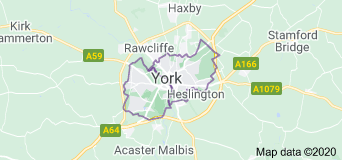How old is York?
- Peter J Flyles

- Nov 3, 2020
- 2 min read
Anette’s question is one a Lancastrian ought to have no problems answering…..or?
Dating towns can be a little tricky because they are often formed without any official acknowledgement and only later, when erected and extant, do they receive recognition. The simple answer to York’s long and rich history is that York was first prescribed as a significant location by the Romans in 71 AD. Roman leader Cerialis and the Ninth Roman Legion settled there, like so many thereafter, as the town was seen as a good staging post to prepare and equip against the unruly tribes of the north, such as the Brigantes. Known originally as Eboracum the town/city would change hands several times over the ages. 900 years later and York would now be a well-known Viking settlement, with the new name of Jorvik from 866 AD onwards. 500 odd years later and ‘York’ was still seen as a very important strategic northerly outpost to stage provisions and armies against the marauding Scots. Edmund I living there in person from 1298 – 1304, effectively was making York the capital city of England for a brief period of time. The town’s importance during the War of the Roses would not be overlooked either and victorious Lancastrian king, Henry V, was sure to visit the city after his victory to placate the old wounded enemy.
A vibrant and lovely city with the river Ouse flowing through it, York is renowned for its Gothic Minster which was built from 1230 -1472, and for being a significant railway hub in the mid to late nineteenth century. It’s most distinguished sons being, the sweet king and philanthropist Joseph Rowntree and particularly apt at this time of year, Mr Guy Fawkes himself of November 5th fame.
Peter John Fyles
































Comments